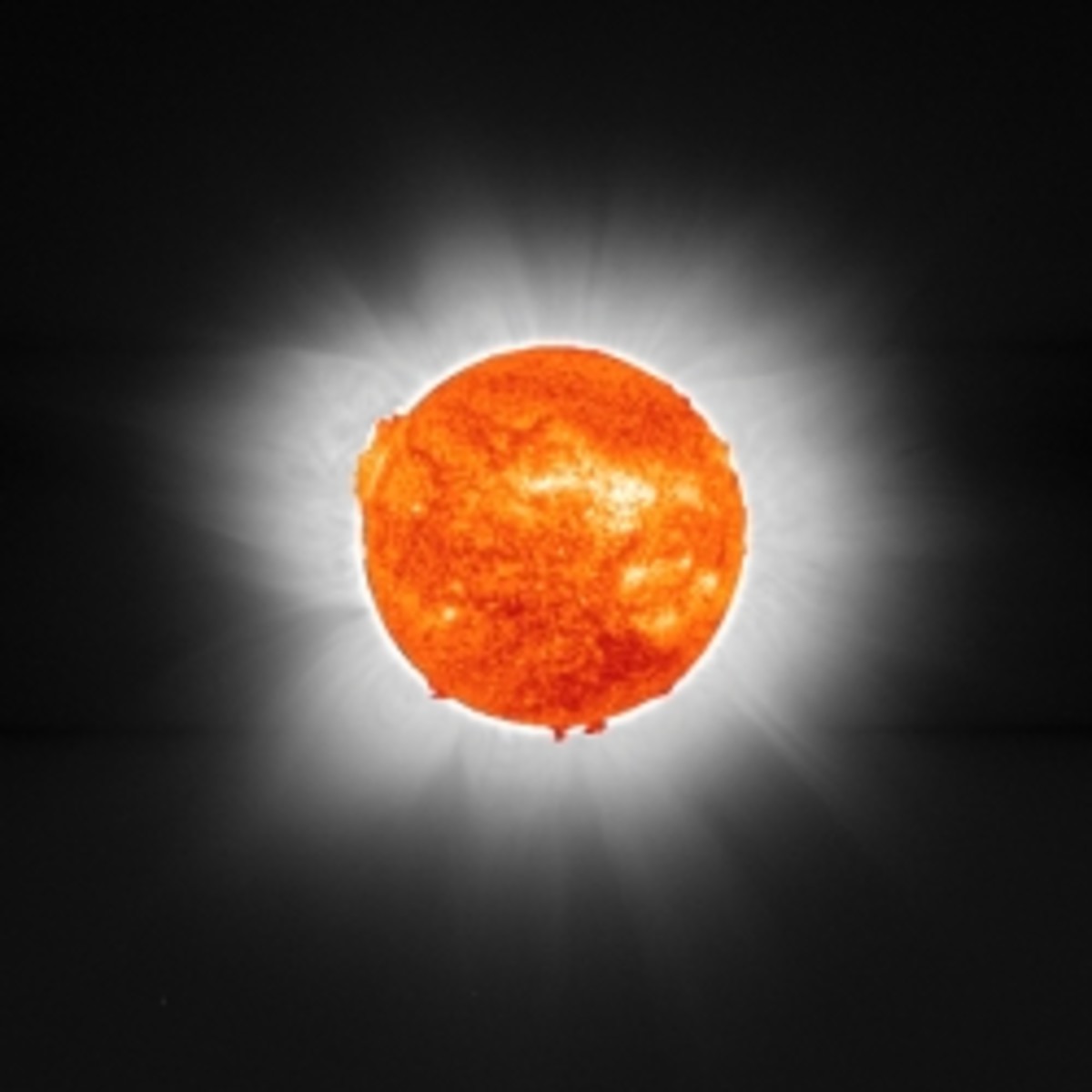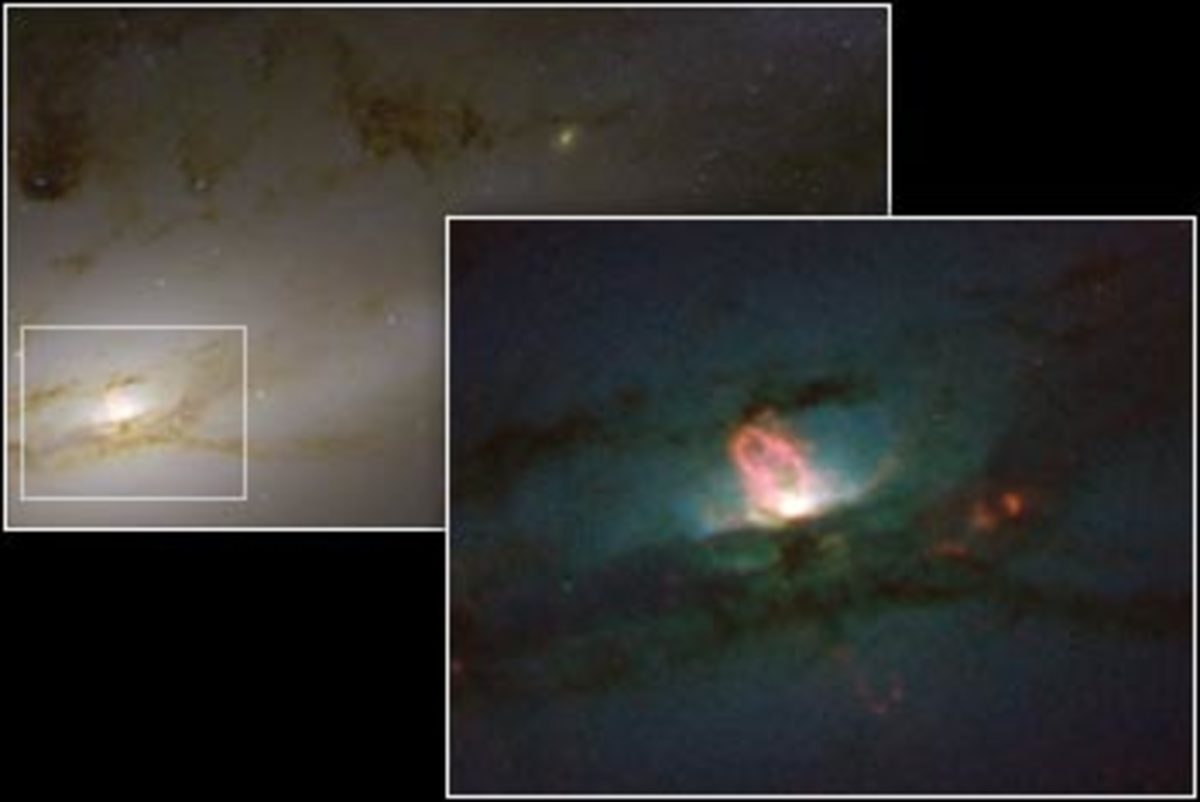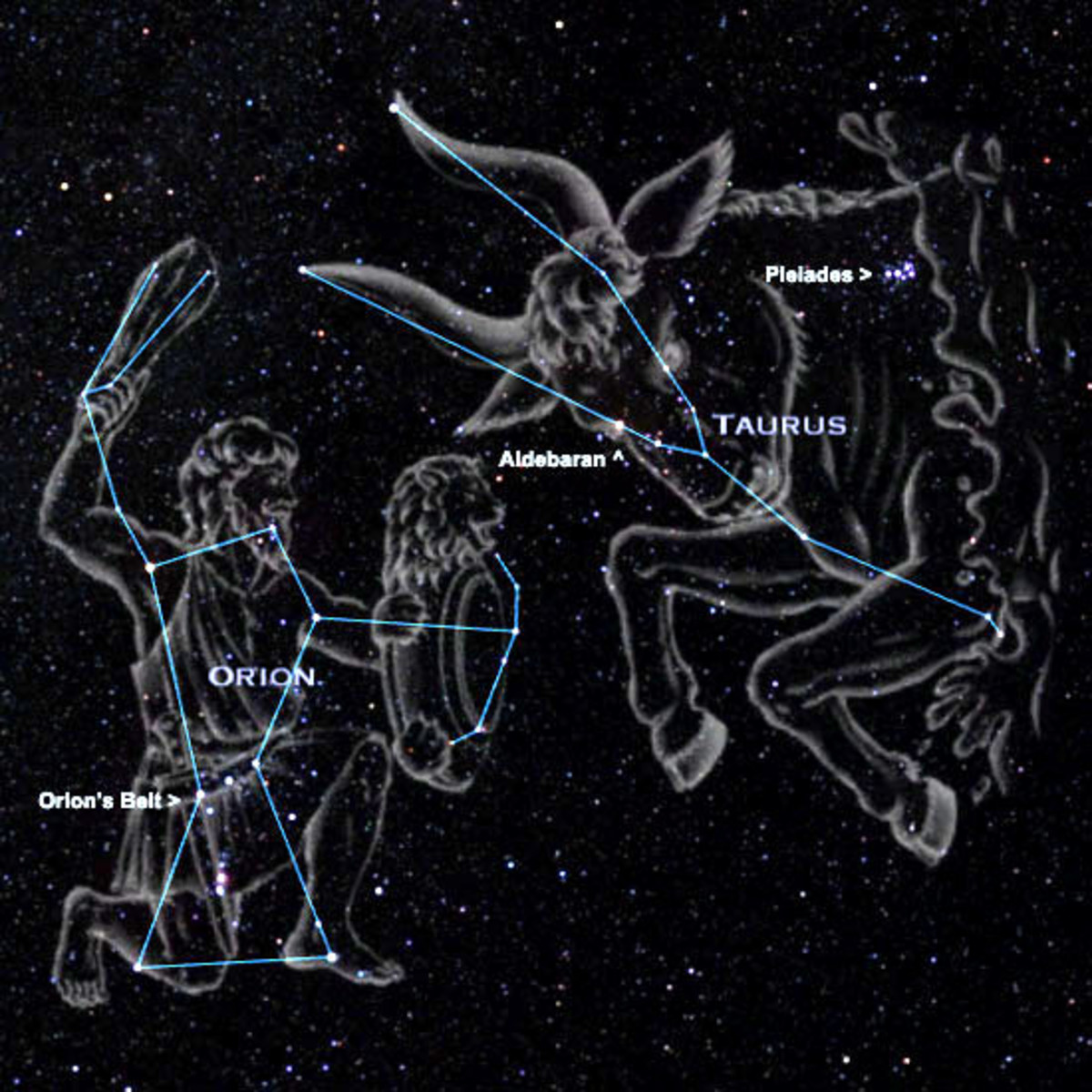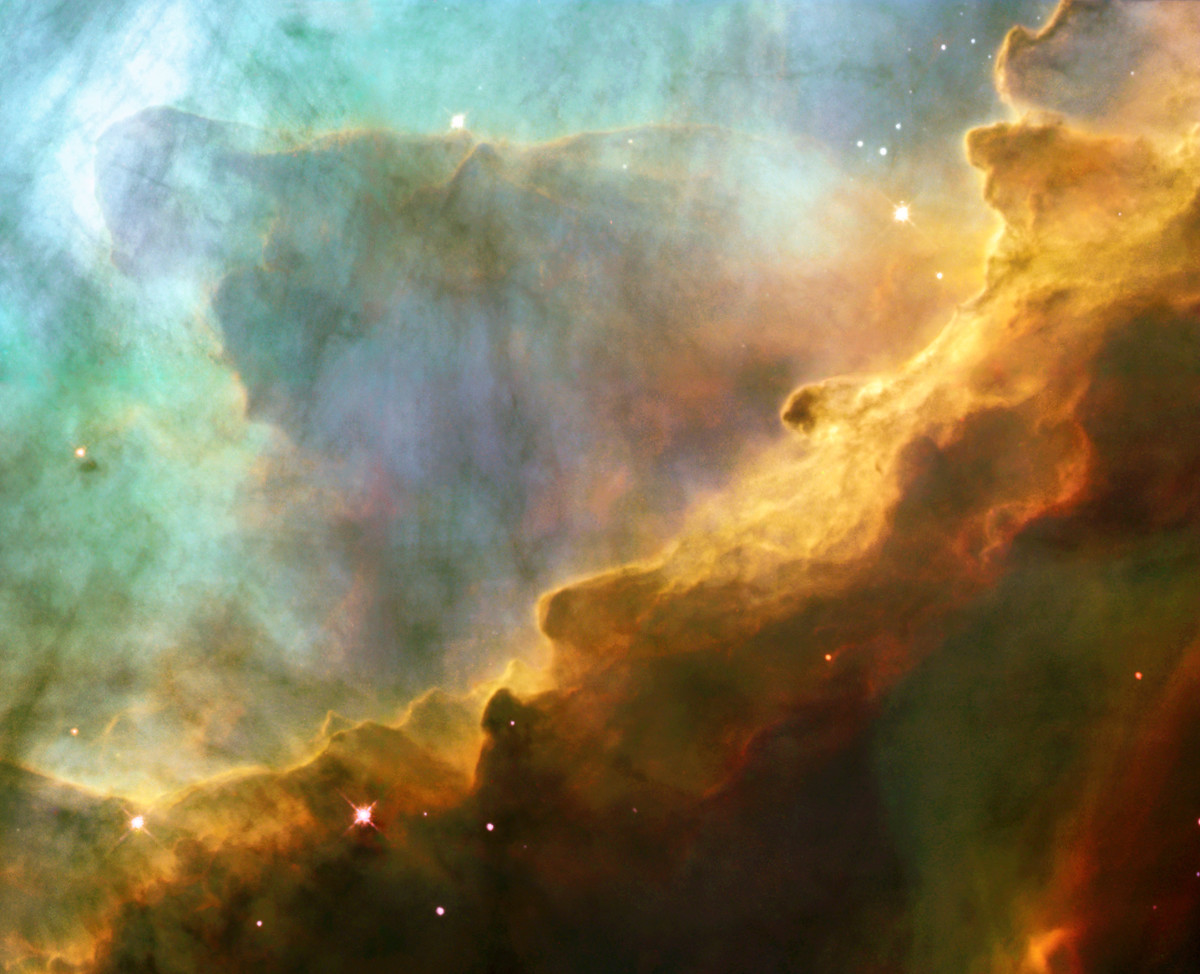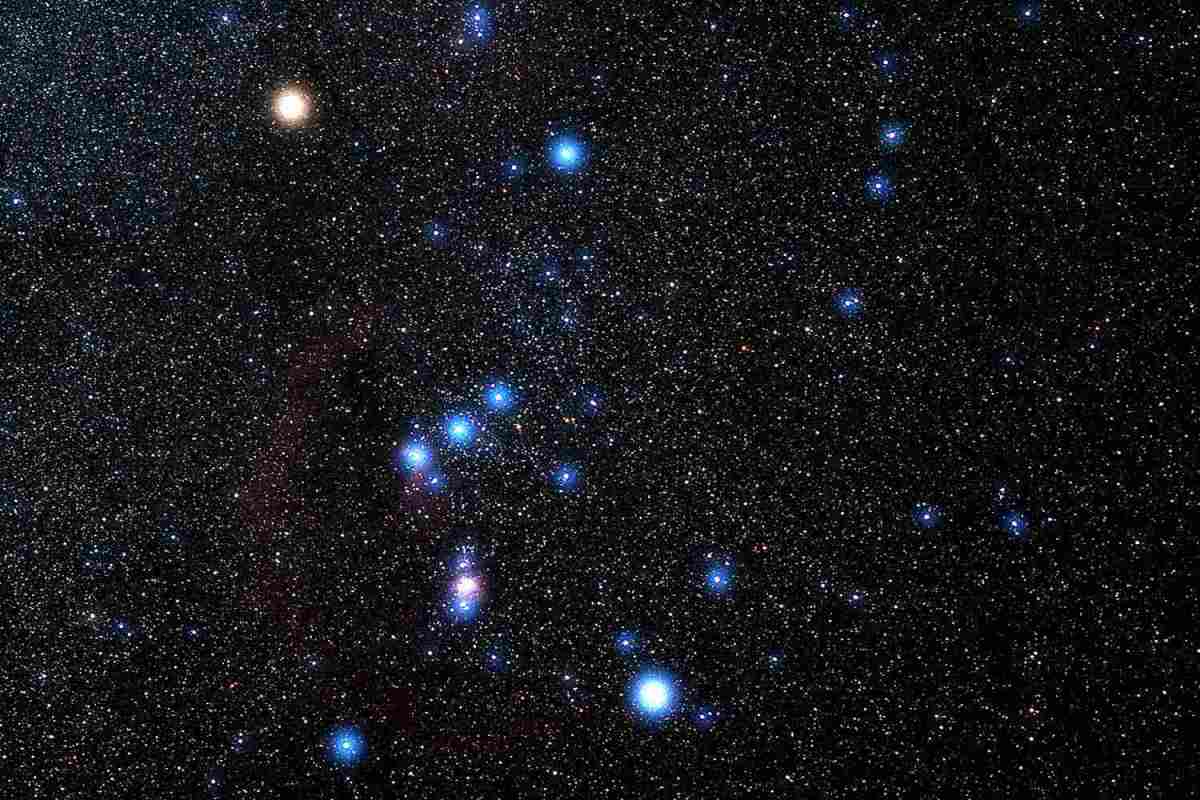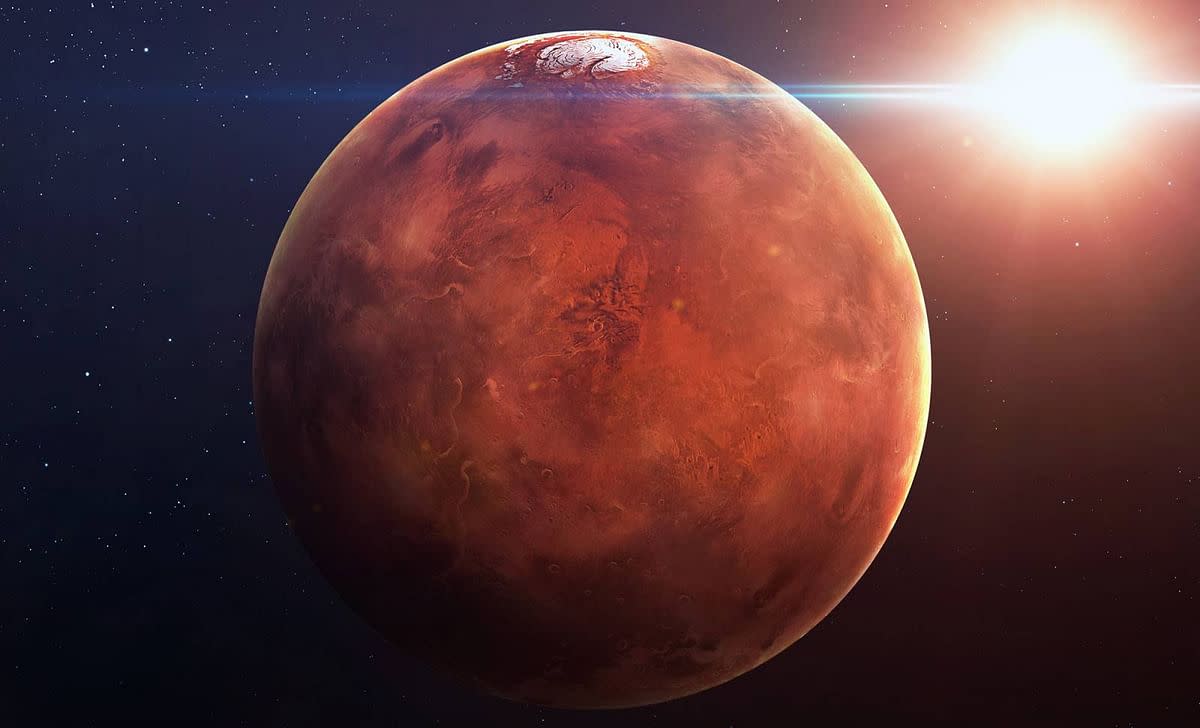Red Giants in Space, the Biggest Stars!
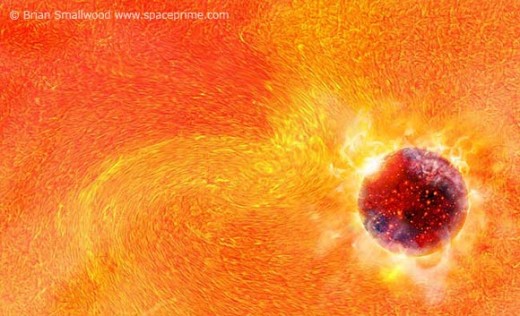
A RED GIANT is a huge, exploding red star in the latter phases of it's cosmic evolution. In terms of mass, it has about the mass of one-half to ten of our suns (otherwise it'd be a supernova!), but the radius of this star is almost unimaginably immense, hundreds of times that of our sun.
The star has exhausted it's supply of hydrogen to fuse. It no longer has any. It is now fusing the hydrogen in the shell of the star, outside it's core. The initial phase of the star, after it's formed from a molecular cloud, uses the hydrogen at it's core to fuel it by nuclear fusion. So does our sun. This is what powers our sun, and hence the life on earth.
So, the star has exhausted it's supply of hydrogen. The nuclear reactions at it's core stop. The core starts contracting, due to gravity. This heats a shell around the core, where hydrogen remains, initiating the fusion of hydrogen to the helium in it's shell. Higher temperatures lead to increasing reaction rates, a domino effect that makes this star 10,000 times brighter than our sun.
Our sun will become a red giant in about five billion years. I don't know if we humans need to worry very much about this. A lot can happen in five billion years. Cosmologists (who used to be called astronomers) think the Sun will become large enough to engulf the orbits of all the planets up to Earth, and it's radius will expand exponentially.
When it goes to the red giant state, what it gains in volume it loses in mass. it loses a lot of it's mass--the mass is consumed in this last glorious fire. It may lose enough of it's mass to be unable to retain the outer planets as satellites. They may fly off into space, untethered to their former courses by the now-insufficient gravity of the sun. Mercury and most probably Venus will be swallowed by the Sun's expansion.
What will happen to Earth? It might also be engulfed. Or, it might widen it's orbit, due to the decreasing mass of the sun, enough not to be swallowed up. It might retain enough of it's angular velocity to keep in orbit without becoming engulfed.
In any case, the flare from the sun will have burnt all the life on the planet to cinders, pre-supposing that life still exists on the planet five billion years from now. It is too vast a time for the mind of man to comprehend, but does give one some perspective on the ultimate necessity of space exploration. 4,999,999,999 years from now the matter will seem pretty much more urgent.


